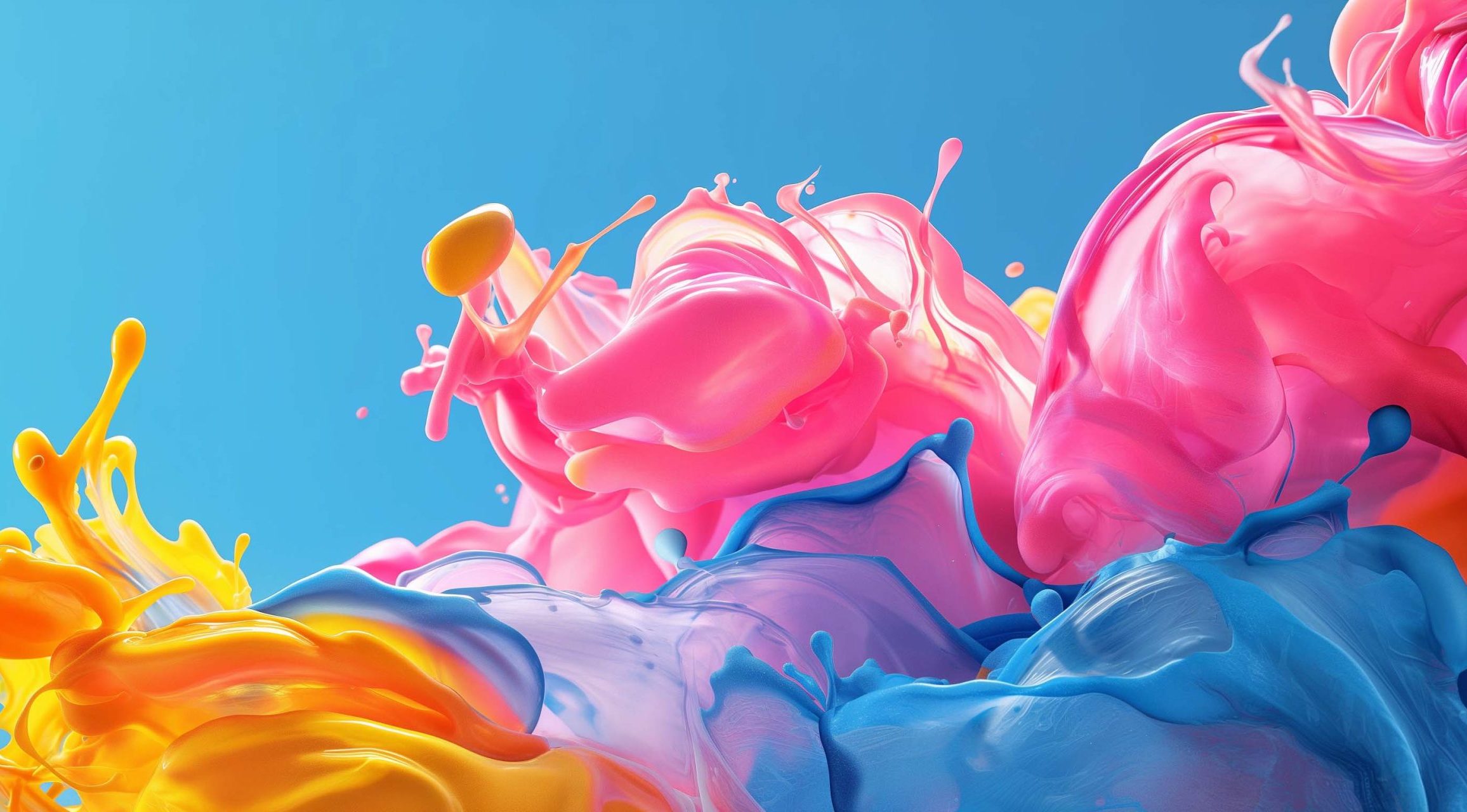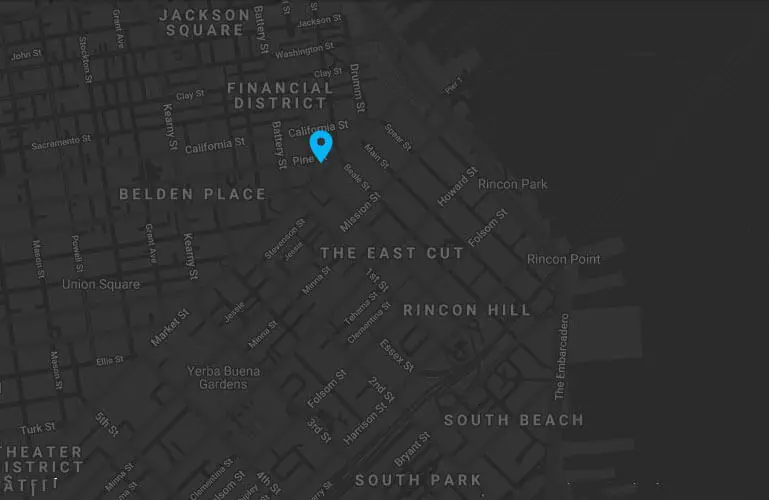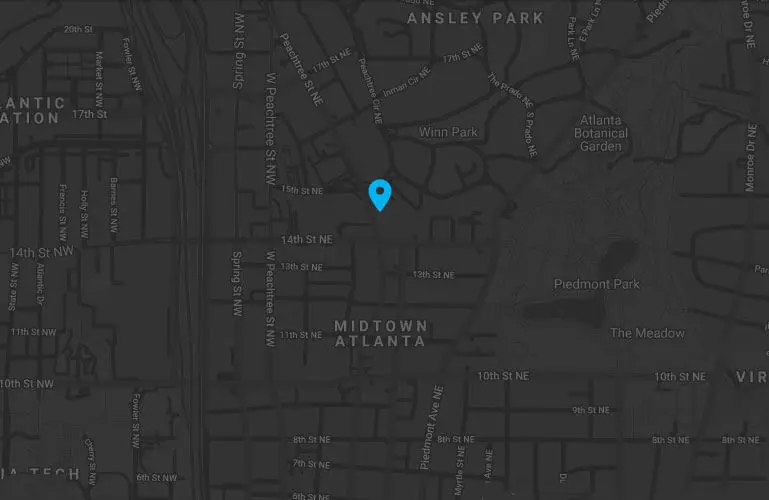The Psychology of Color in Web Design: How Colors Impact User Behavior
The visual experience of a website is paramount. It’s the first impression a user gets, shaping their perception of your brand and ultimately, influencing their behavior. But what goes beyond the imagery and layout? Enter the fascinating world of color in web design.
Color psychology delves into the emotional associations and subconscious reactions we have to different hues. By understanding how colors impact user behavior, web designers can create targeted experiences that evoke specific emotions and drive desired actions.
Here’s how color in web design can be harnessed to achieve specific goals:
-
Trust and Security: Blue is a natural choice for conveying trust and security. Financial institutions, tech companies, and healthcare providers often leverage blue accents or dominant palettes in their web design to instill confidence in users. Studies have shown that blue can also lower blood pressure and create a sense of calm, further contributing to a sense of security.
-
Energy and Excitement: Red grabs attention and injects a sense of urgency. It’s perfect for call-to-action buttons (“Buy Now!”) or highlighting important sale offers. However, it’s important to use red sparingly in web design, as overuse can evoke feelings of anger or anxiety.
-
Calmness and Peace: Green is associated with nature, growth, and harmony. Using green tones can create a calming and serene atmosphere, ideal for websites promoting wellness products or spa services. Lighter greens can evoke feelings of new beginnings and freshness, while darker greens can suggest luxury and sophistication.
-
Happiness and Optimism: Yellow radiates cheerfulness and optimism. It’s a great choice for websites targeting a younger audience or those promoting playful and creative products. However, be mindful that too much yellow can be overwhelming, so use it strategically as accents or highlights in your web design.
Beyond Emotions: Functionality of Color in Web Design
Color isn’t just about emotions; it also plays a vital role in website functionality. Here are some additional considerations when using color in web design:
-
Readability: Always ensure proper contrast between text and background colors. Black text on a white background is a classic example for optimal readability. However, don’t be afraid to experiment with other high-contrast combinations that complement your brand identity. Tools like color contrast checkers can be helpful in achieving this.
-
Accessibility: Consider users with visual impairments. Use a color contrast checker to ensure your website adheres to accessibility guidelines. This ensures everyone can have a positive experience on your website, regardless of their visual abilities.
-
Brand Identity: The colors you choose in your web design should reflect your brand identity. Consistency in color across all platforms strengthens brand recognition. For example, a company known for its eco-friendly products might utilize various shades of green throughout their website and marketing materials.
The Power of Combining Colors
The impact of color in web design goes beyond individual hues. Color combinations can create even more powerful effects. Understanding color theory, the relationships between different colors, allows designers to create harmonious palettes that evoke specific moods and encourage user actions.
For example, a website promoting a new energy drink might combine a bold red with a refreshing blue. The red grabs attention and injects excitement, while the blue tempers the intensity and suggests a cool, refreshing beverage.
By understanding the psychology of color and its practical applications, web designers can craft impactful user experiences. Remember, color is a powerful tool – use it strategically to make your website a success! Experiment, test, and refine your color choices to create a website that not only looks beautiful but also drives user engagement and conversions.


